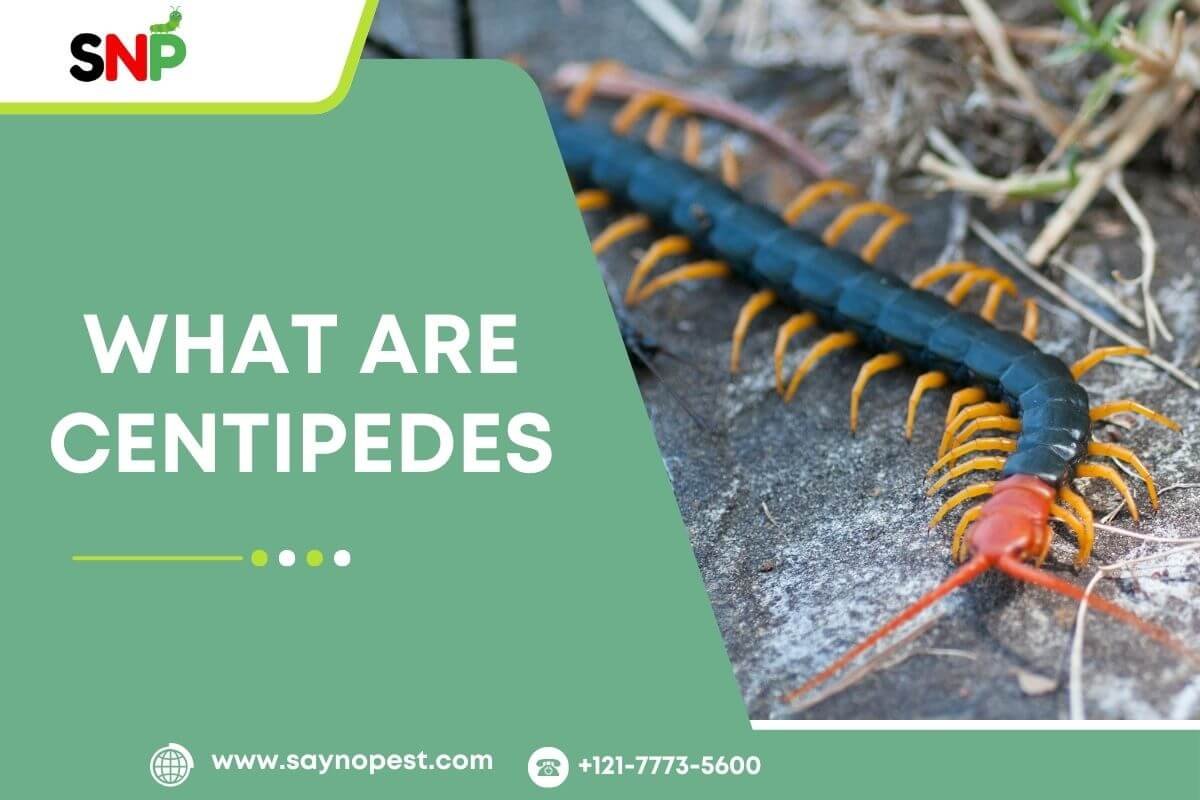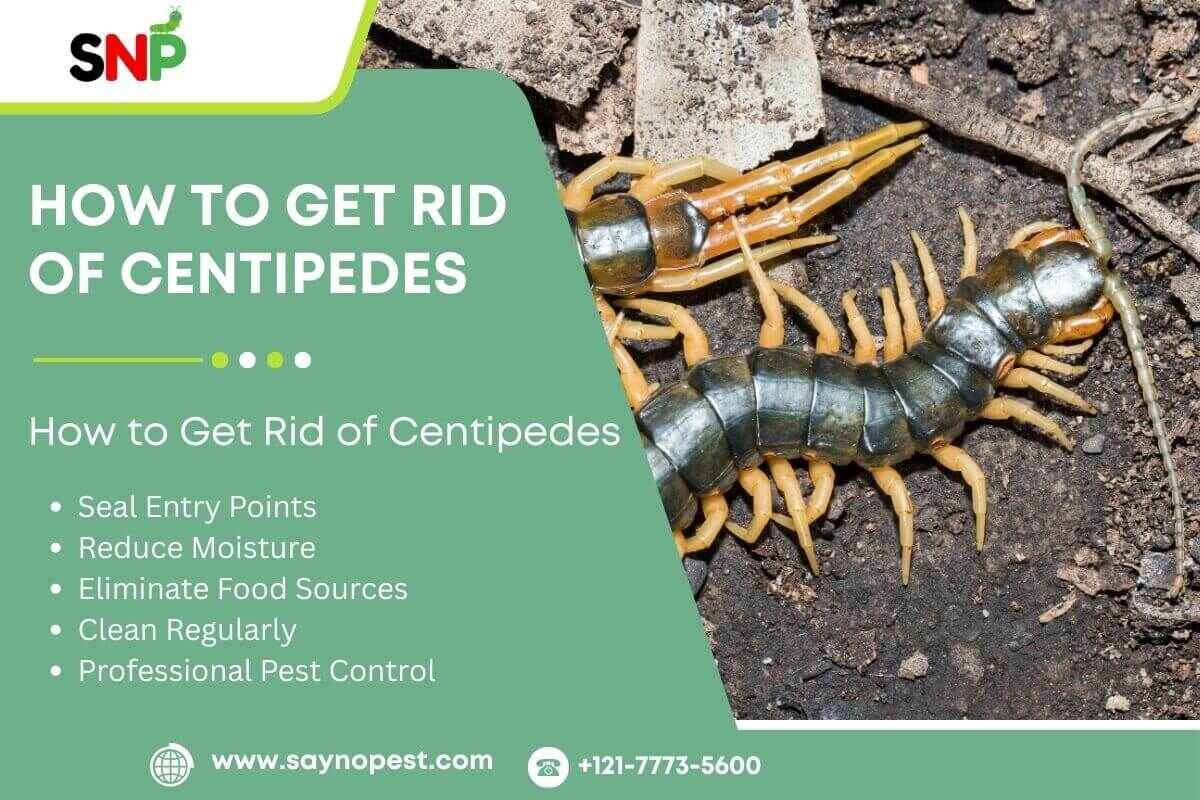If you’ve ever seen an agile, multi-legged being run across your bathroom floor, you’ve probably asked yourself What are centipedes? These unique arthropods live throughout the United States, and their appearance, behavior, and possible danger cause queries among people. In this blog, we will address all your main questions: what are centipedes, what are centipedes attracted to, and are centipedes dangerous, while offering practical advice for homeowners.
What Are Centipedes & How Do They Look?
Centipede receive their definition from science as Chilopoda, which group together with these long arthropod species. As Chilopoda centipedes take the form of elongated arthropod-like organisms. Unlike insect species, centipedes maintain one foot pair per body section as their leg distribution ranges from 30 and 350 units, even more according to their classification. It might come as a surprise, but no centipede has exactly 100 legs—centipedes always with an odd number of leg pairs.
They do not show the usual cylindrical body but are generally wide and flat from the top down, which is key to their slipping ability through very narrow cracks and crevices. Usually, most centipedes have a hard exoskeleton that can be brown, reddish-brown, or even yellowish, with the occurrence sometimes of distinct patterns for camouflage. The head has with the main pair of antennas, and in front of that, there modified legs called forcipules designed for the process of injecting venom into the prey.
One species people often spot inside a house, the delicate, long-legged creatures also known as house centipedes due to their size and speed. The species show different length dimensions extending from centimeter-scale to inch-scale dimensions, but retain standard physical characteristics of numerous legs and segmented form with rapid movement capability.

What Are Centipedes Attracted To?
For any homeowner, the question of what attracted centipedes is one of the many problems they have to solve.The vital needs that reveal the answer are food, water and shelter. The food sources of centipedes consist of cockroaches together with spiders silverfish and additional centipedes. The presence of more pests positively correlates with increased chances of centipede infestations.
Wetness represents one of the primary elements that draws centipedes. Because they don’t have a waxy layer to keep wetness in their body, they dry out easily. For this reason, they choose the area where there must be a wetness, like in bathrooms, basements of the house, or any property, in the kitchen under the sink, or at any place where they can stay in a moist environment. Centipedes find their preferred dwelling spots in moist conditions since they need the protection of rocks and logs, and leaf litter when living in open environments.
The need for a hideaway is also valid. Centipede are very sensitive to light, feed only during the night, and therefore, are looking for quiet places during the day. They make their way into houses through the smallest openings, through drains, and also through poorly sealed doors or windows, and all the more so when it is cold or dry outside, as they will be looking for refuge indoors.
Are Centipedes Dangerous?
Many people think whether centipede are a danger to humans and pets or not. All species of centipede are toxic’s how they catch their prey-but most of the species that live in the houses of the people will not cause great harm to people. A bite from the latter may result in mild pain, redness, or swelling, like a bee sting, though severe reactions are not very common.
Some of the larger species can bite harder, and those who bite, especially children, or those who are allergic, carefully noticed. Nonetheless, the fact is that centipedes usually avoid biting and they generally only bite in self-defense. Most people are safe and do not worry about centipede bites, they are a bigger problem than danger.

Conclusion
So, what are centipede? The fascinating arthropods with numerous legs control populations of other pests. Learning about the things that attract centipede (moisture and food along with protection) will enable homeowners to stop centipedes from entering living spaces. The fear concerning centipedes’ danger is common but these arthropods present no threat to human health because they reduce populations of undesirable pest insects.
The removal of moisture combined with secure building seals and elimination of other organisms helps to decrease the desirability of your house for centipede. Recall that although centipedes can appear frightening they belong to the natural environment where they serve as natural pest controllers.



